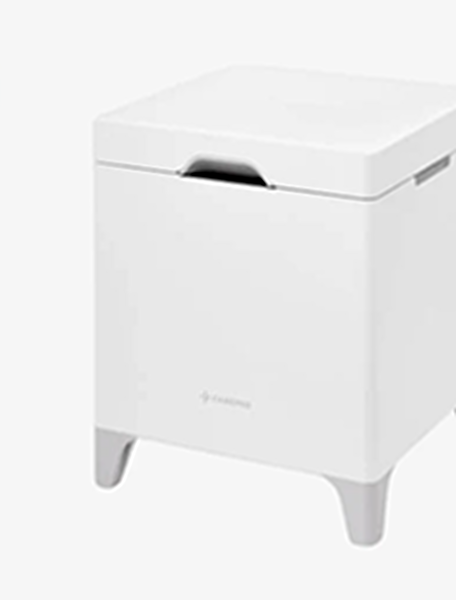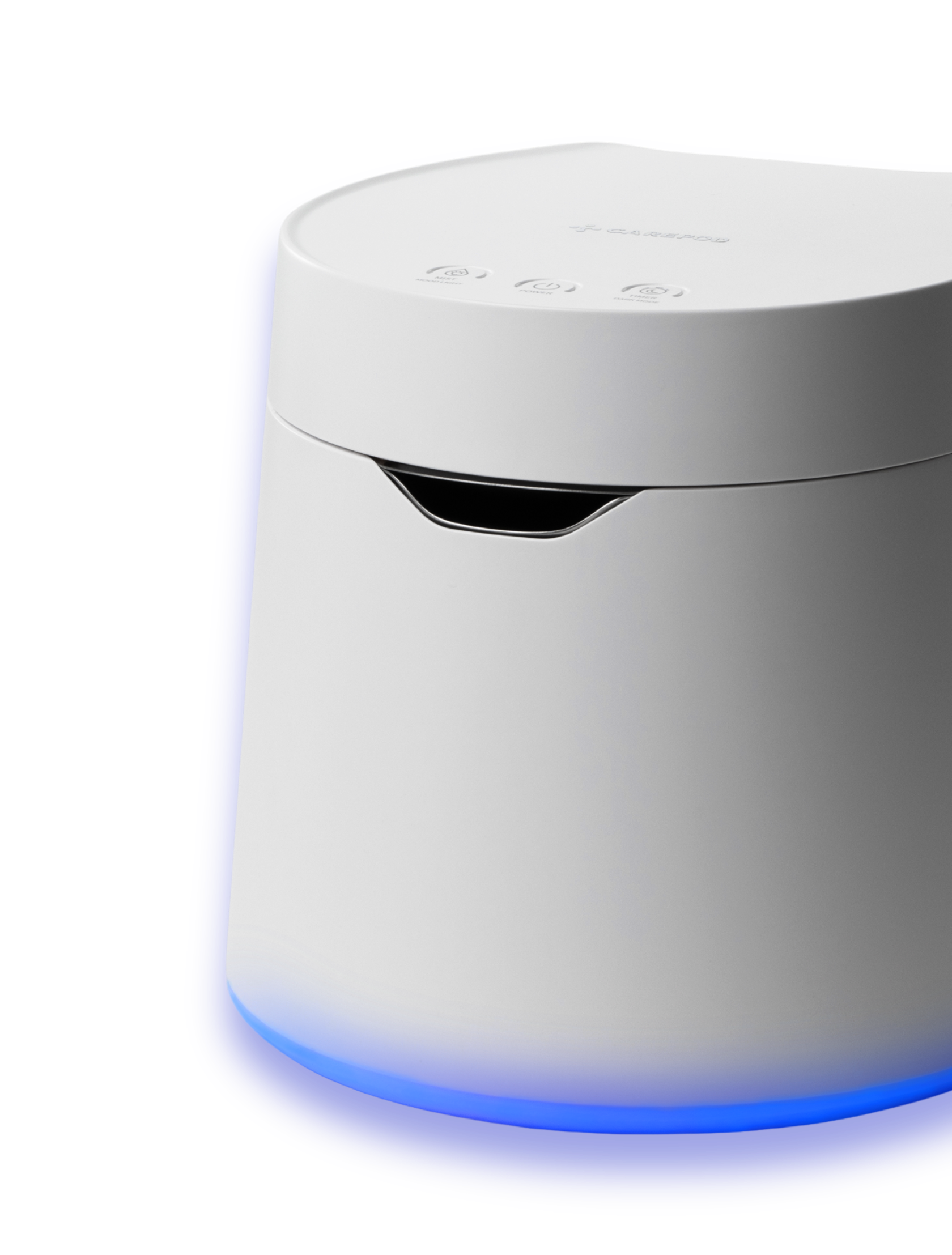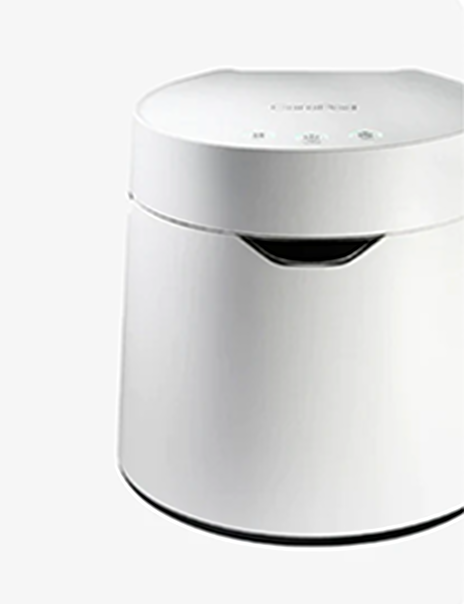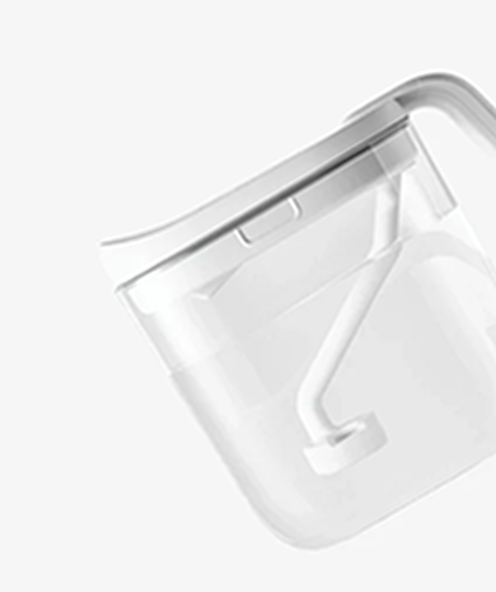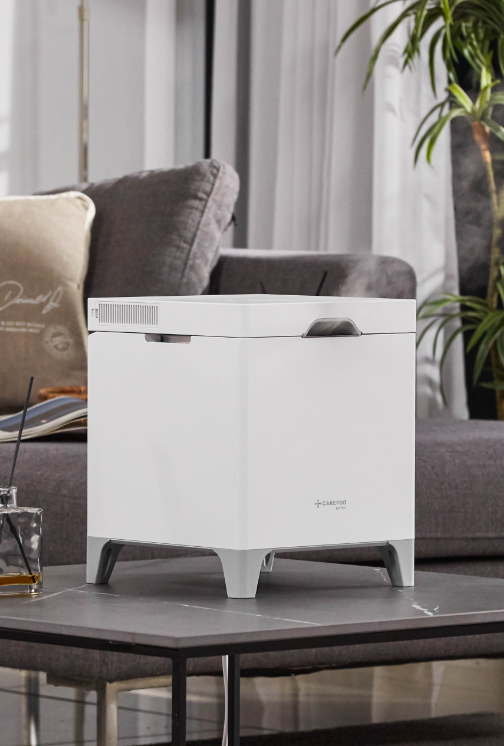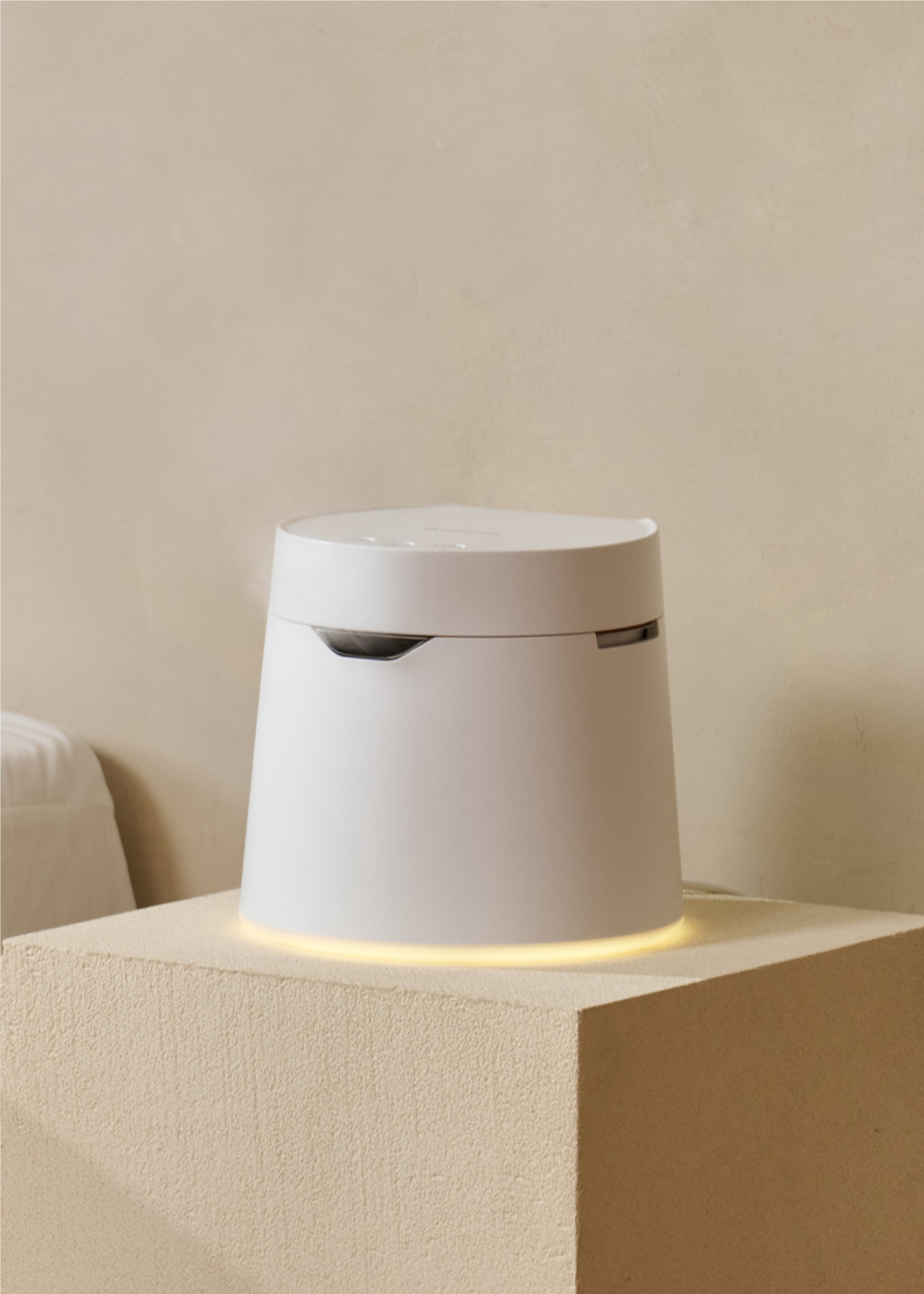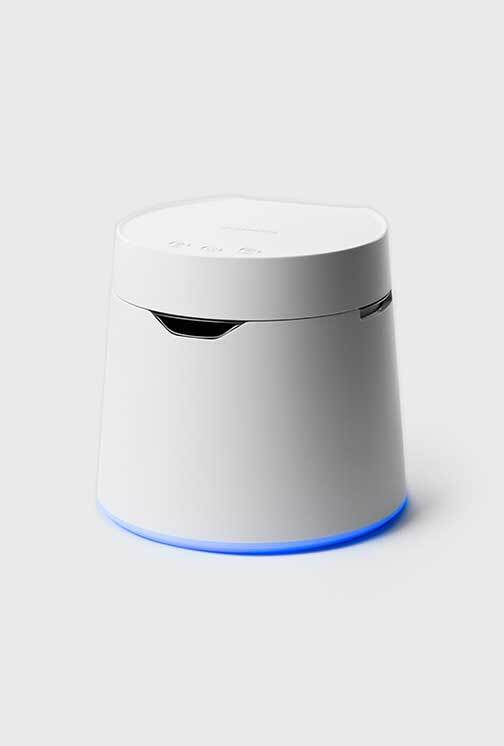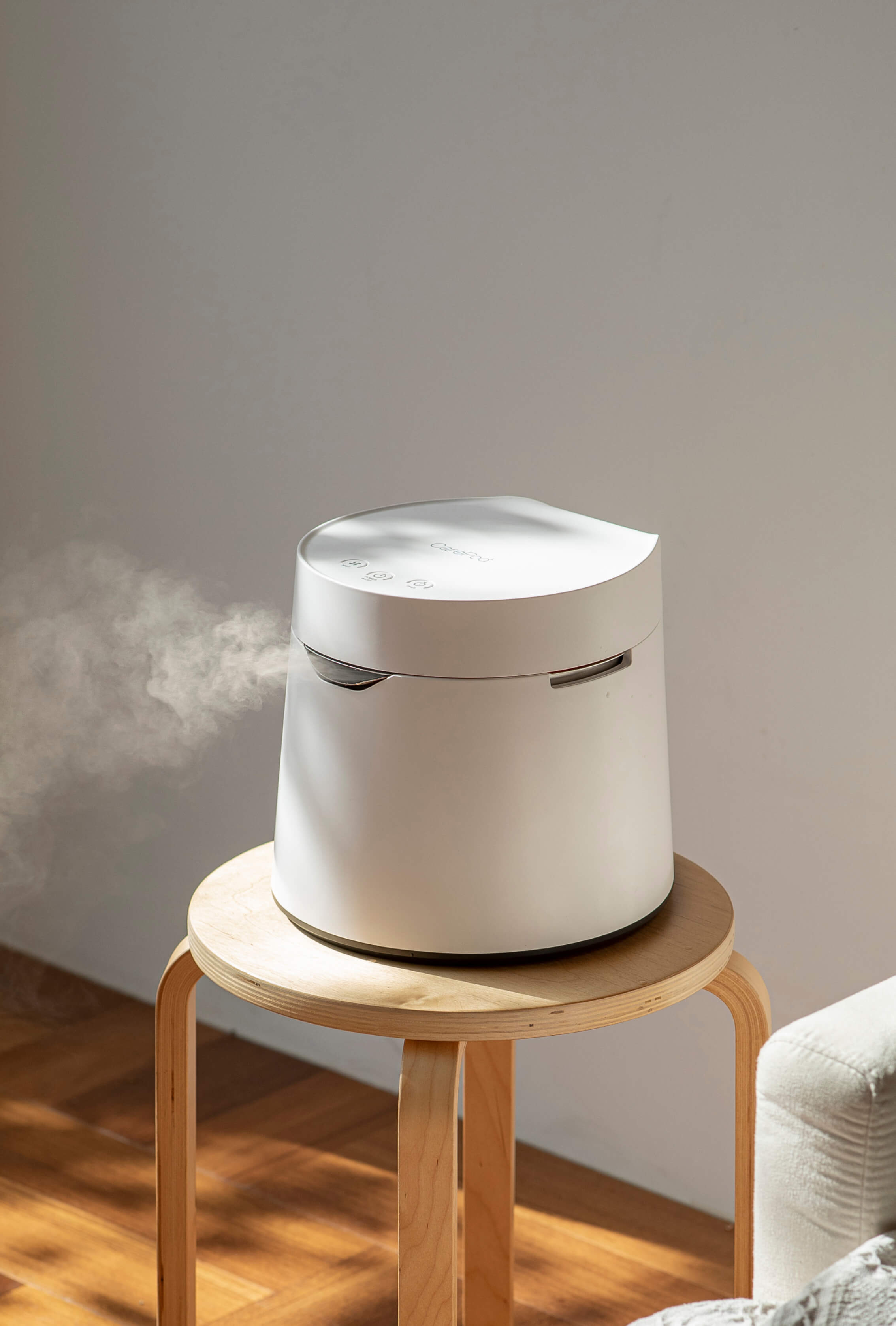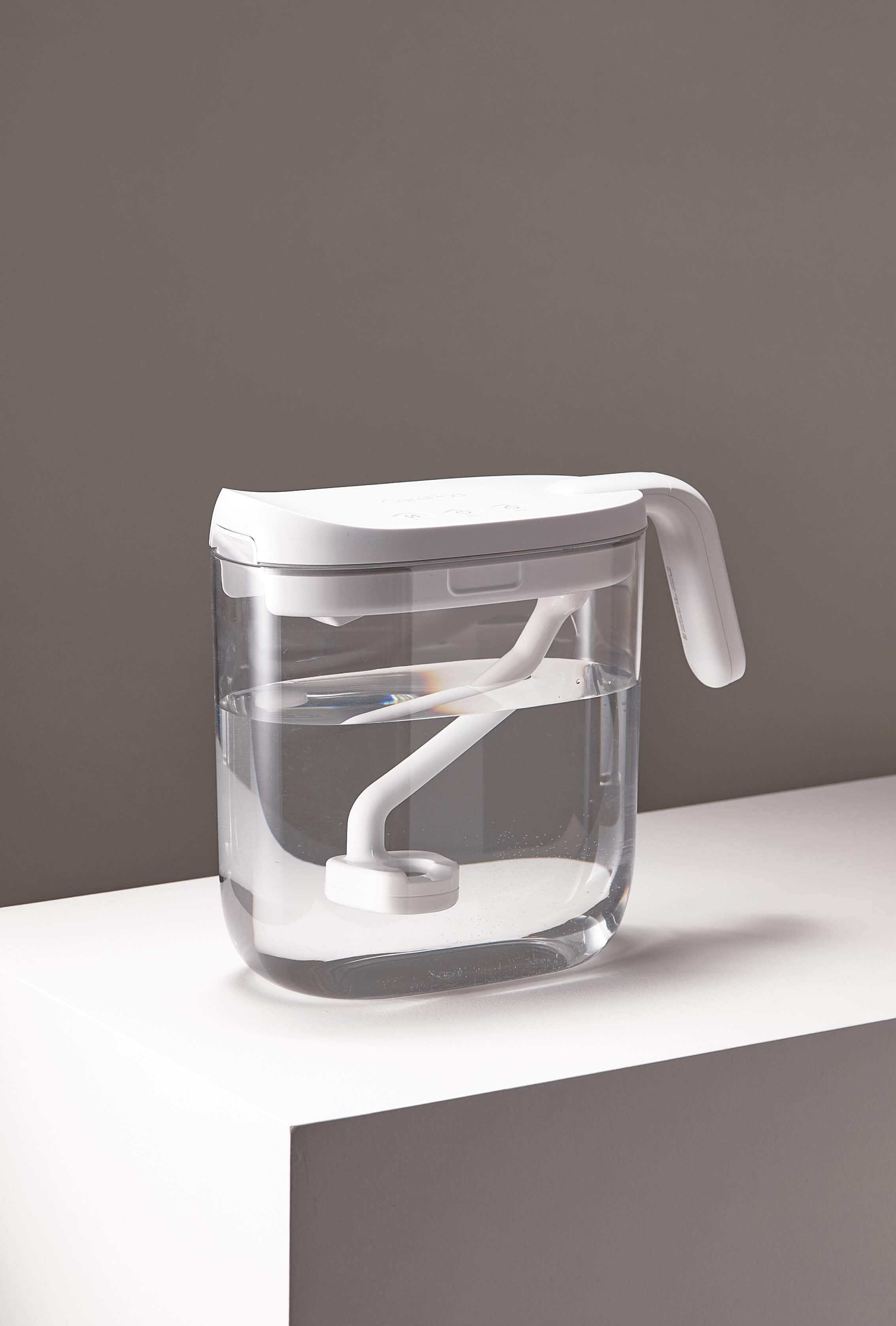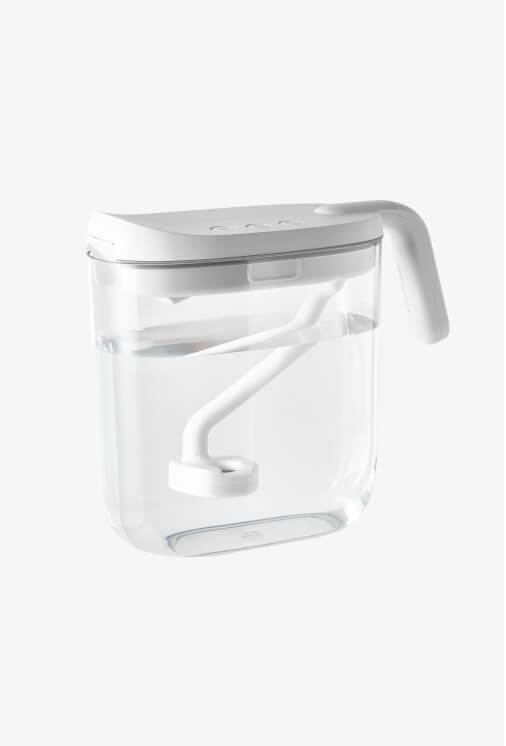The Ultimate Humidifier Guide: How to Install, Use, and Maintain

If you've read some of our previous articles, you'll know that a humidifier can provide a wide range of benefits, helping to provide relief for health issues and improve your overall home environment. If you haven't, check them out on our blog page.
But how do you actually install and use a humidifier? When should you turn it on and off? How do you keep it clean and functioning over the years?
In this article, we'll take a closer look at humidifiers and answer some common questions about them.
How To Install
Installation depends on the type of humidifier you have. There are whole-house humidifiers and portable humidifiers. Portable humidifiers come in four main varieties: evaporative humidifier, ultrasonic humidifier, impeller humidifier, and steam vaporizer. You can read more about each type here.
A whole-house humidifier is connected to the heating system in your home and is typically rather difficult to set up. These units are large, and the assembly and installation require lots of manual labor and various tools. Many people hire experts to help them with the process, and it's best to go this route if you aren't experienced with this kind of work. If you decide to give it a try on your own, just be cautious, take your time, and make sure to thoroughly examine and understand the manual that comes with the product.
Portable units, on the other hand, are small, light, compact, and much easier to install on your own. Simply plug the device into a standard electrical outlet and follow the instructions on the manual.
Where To Place
Be sure to place your portable humidifier on a raised surface, not on the ground, in order to better allow for airflow and circulation. If located on the floor, the mist expelled from the device might not even be able to reach higher places.
Also keep the device away from bookshelves and walls, as excessive moisture dampens the surroundings, and this can soften and damage fibrous materials like any wood surface. For example, a central tabletop or counter in a living room would be a perfect place for your humidifier.
Another aspect to consider is safety. For example, if you have a steam vaporizer, a type of humidifier that requires boiling water and could be a burn risk, it's best to keep the device out of the reach of babies, young children, and pets. Humidifiers also run the risk of leaking, so don't place one too close to sensitive electronic devices such as a television or microwave.

How and When to Use
Now that everything's finally set up and ready to go, it's time to put your humidifier to use.
But before turning anything on, make sure you read the owner's manual and fully understand the devices different buttons and settings.
A whole-home humidifier is true to it's name. Once installed properly, your entire house should be covered — no need to worry about anything more!
With portable humidifiers, you might be wondering how many you need... and that depends on the size of your home and where you spend the most time.
For a one-to-two bedroom apartment, a single device in the main living space should do, especially if other rooms are left open for some moisture to circulate through. If you're living in a larger house with several family members, it's best to have several humidifiers, located in areas where the most time is spent. For example, you could keep one in the living room and another in your bedroom.
Don't leave the humidifier running in an empty room or when you're away from the house. This wastes energy and water, and could increase the humidity to unsafe levels if no one is around to regulate.
When the device is turned on, make sure to monitor the levels of humidity from time to time and adjust settings accordingly. The ideal indoor humidity level is between 30% and 50%, and definitely keep it below 60% in order to avoid risks associated with excessive levels of moisture such as mold growth. Most humidifiers come with a built in humidistat, but if not, you should buy a separate humidity meter.

Cleaning and Maintenance
Humidifiers often get a bad rap for being hard to clean and care for. Some people may even be worried about mold or bacteria growth. However, the truth is that as long you take care of the basics, maintaining a clean and safe humidifier isn't all that difficult.
Whole-home humidifiers do not require nearly as much maintenance as do their portable counterparts. A thorough cleaning once a year, ideally at the end of the heating season, should be sufficient to help prevent risks such as excess bacteria growth and mineral deposits.
Portable humidifiers, while compact and convenient, do need regular cleaning. Water-changing should be a quick and easy everyday routine. Also, be sure to use boiled water or distilled water instead of tap water. Unfiltered tap water may contain not only bacterial contaminants, which can be harmful to your health, but also dissolved mineral content, which over time may form deposits, making the insides of the device dirty and clogged, reducing its overall lifespan.
Also, don't forget to thoroughly clean the inside of your humidifier at least once a week. User manuals may come with comprehensive guide, so follow those as best you can. A general guide would be to rinse with warm water and mild soap. White vinegar and citric acid are also commonly used household disinfectants, which help to kill bacteria and mold.

Cleaning can be a hassle for many humidifiers. Some require you to follow complicated instructions, while others might not be safe to wash in boiling water, and most aren't easy to take apart and put back together.
However, CarePod aims to makes the process simple. With an award-winning three-piece design that allows for intuitive disassembly and efficient cleaning, simply follow three steps: detach the parts, wash them individually in hot water, then reassemble. And your humidifier is as good as new!
Benefits of Humidifiers
But all this, for what? Why even go through this trouble of installing, monitoring, and maintaining a humidifier.
As a matter of fact, humidifiers have a wide range of benefits for your health. For example, studies show that dry air increases the likelihood of infection and that maintaining the proper level of humidity indoors can help to decrease this risk. In fact, even the CDC recommends using humidifier to potentially alleviate symptoms of COVID-19 or even help to prevent the disease in the first place. Dry conditions can also exacerbate cold and allergy symptoms and cause various forms of irritation, such as itchy and dry skin, sore throat, and stuffy nose. Additional moisture in the air can help to relieve these symptoms and forms of discomfort, which are especially prevalent among babies and kids.
Humidifiers are also great for your overall home environment and will simply improve your overall comfort level. They in fact benefit everyone in the house, including your pets, who can suffer similar symptoms from dry air as humans. Additional water vapor in the air also benefits many kinds of houseplants that require moisture, such as those that are indigenous to tropical areas. Finally, it can also help protect the furniture and wood structure of your house, which can crack and split if exposed to a dry climate for long periods of time.

Final Thoughts
At the end of the day, humidifiers aren't as much of a hassle as you might think. With some basic cleaning and care, you'll be able to reap the benefits of your humidifier for years to come.
Here's a brief summary of things to remember:
Installation
- Whole-house humidifiers are connected to the central heating unit may require the help of an expert
- Portable humidifiers are plugged into standard electrical outlets and are easily installed on your own
- Always read the instruction manual carefully
Location
- Place your portable humidifier on a raised surface away from walls and wood furniture
- Also keep a safe distance from young children and sensitive electronics, especially if you're using a steam vaporizer

Use
- Don't leave the device running when you're away from home or in an empty room
- Keep the level of humidity within the optimal range — between 30% and 50% — to avoid health and safety risks associated with dry air and excess moisture
Cleaning and Maintenance
- Use clean water — boiled or distilled — to avoid contamination and mineral buildup, and replace this water every day
- Clean your humidifier at least once a week with water and disinfectant (e.g. mild soap, white vinegar, citric acid)

And that's about it! Now you're finally ready to put your humidifier to good use. Rest assured that the long run, maintaining an ideal humidity level can do wonders for your well-being. To read more about the benefits of humidifiers for your health and your home, check out some of our previous articles.
